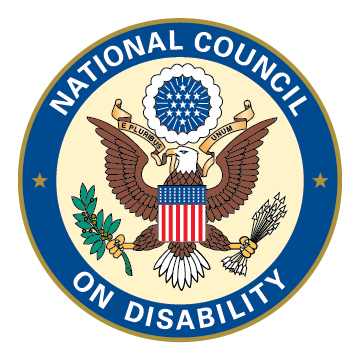People With Disabilities on Tribal Lands: Education, Health Care, Vocational Rehabilitation, and Independent Living
August 1, 2003
SCOPE AND PURPOSE:
This report reflects the results of a project that was developed and guided to completion in conference with American Indian and Alaska Native (AI/AN) representatives of people with disabilities, their families, and tribal community leaders.
NCD has targeted the significant, unmet needs of unserved and underserved people with disabilities, including people from diverse cultures, as a policy priority. While people from diverse cultures constitute a disproportionate share of the disability community, they also have unique needs in addition to those experienced by other people with disabilities. At 22 percent prevalence, according to national research data, American Indians and Alaska Natives have the most disproportionate rate of disabilities of all population groups, compounded by factors such as high poverty and school dropout rates, geographic isolation from state or local district rehabilitation and health care, and limited employment options.
This project examined research on health, rehabilitation, independent living, and education issues that affect people with disabilities living in Indian Country. The report discusses views and perspectives of AI/AN people with disabilities, tribal leaders, and federal agency representatives identified as productive in meeting the needs of people with disabilities residing in tribal lands. This report also assesses and recommends government-to-government (state to sovereign tribal to U.S. government) improvements in relationships needed for effective coordination across existing federally funded projects/programs. In addition, a Toolkit guide providing resource information was developed for use by consumers, tribal communities, and people at state, local, and federal levels.

